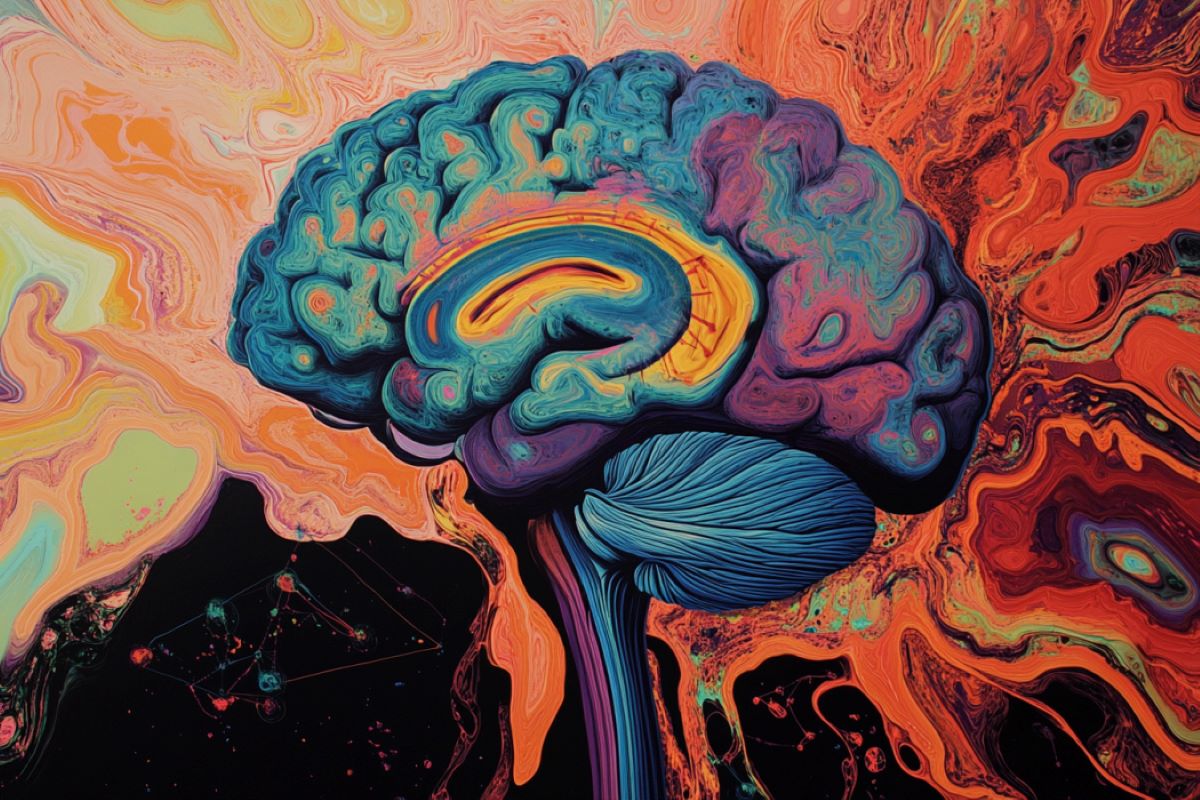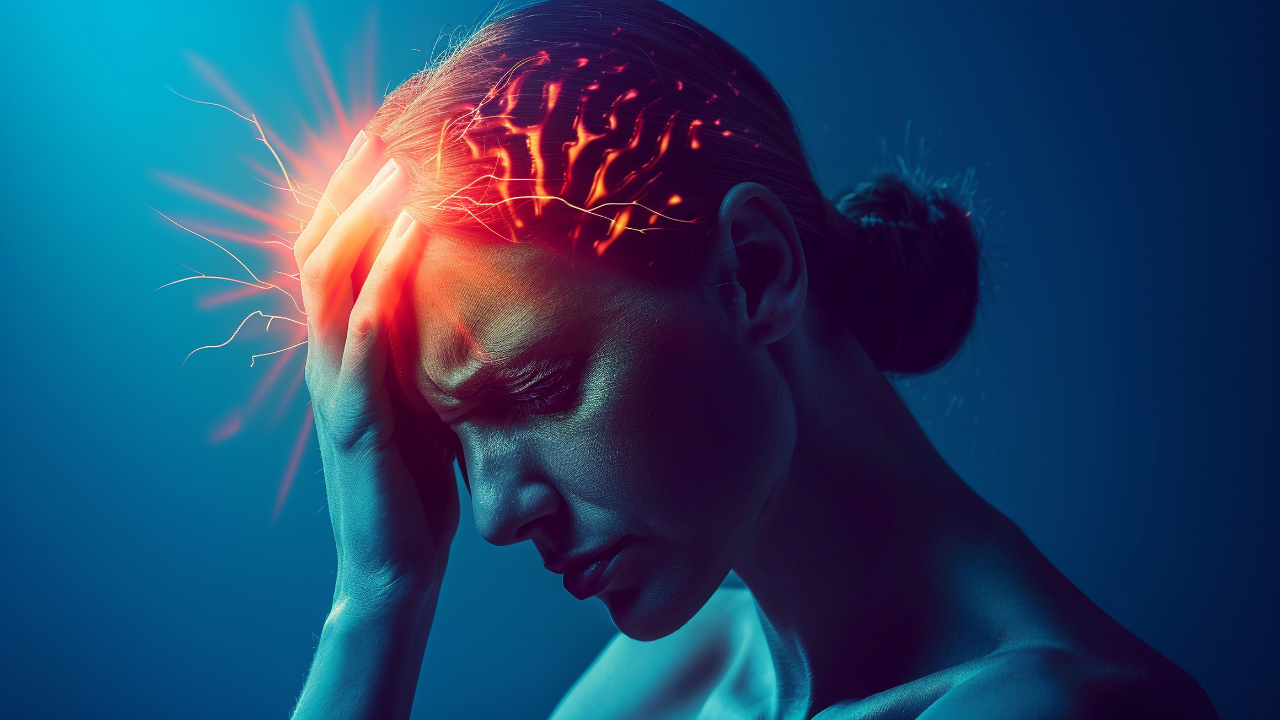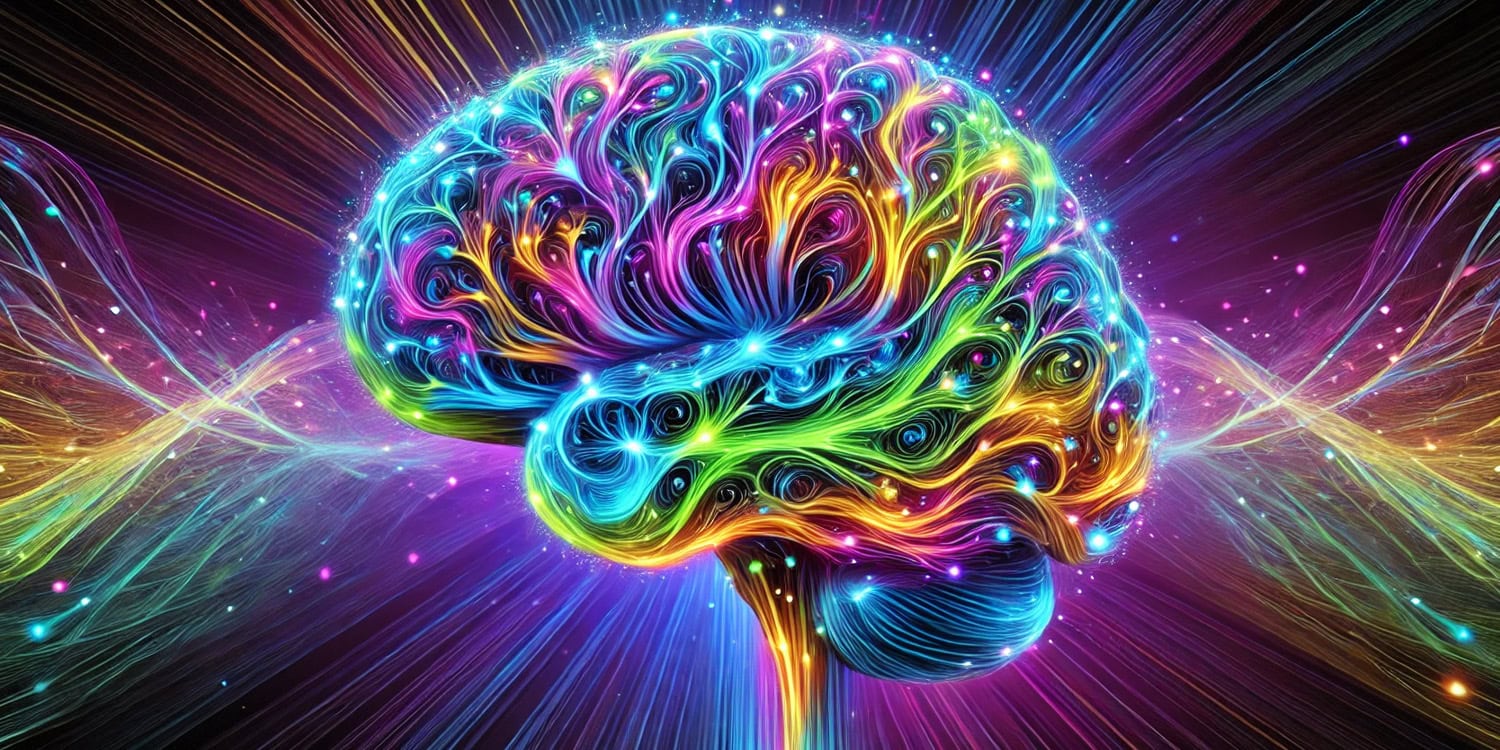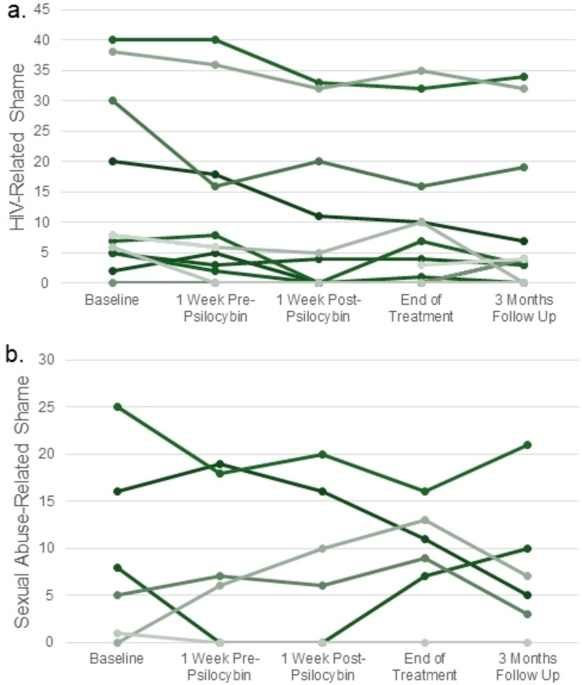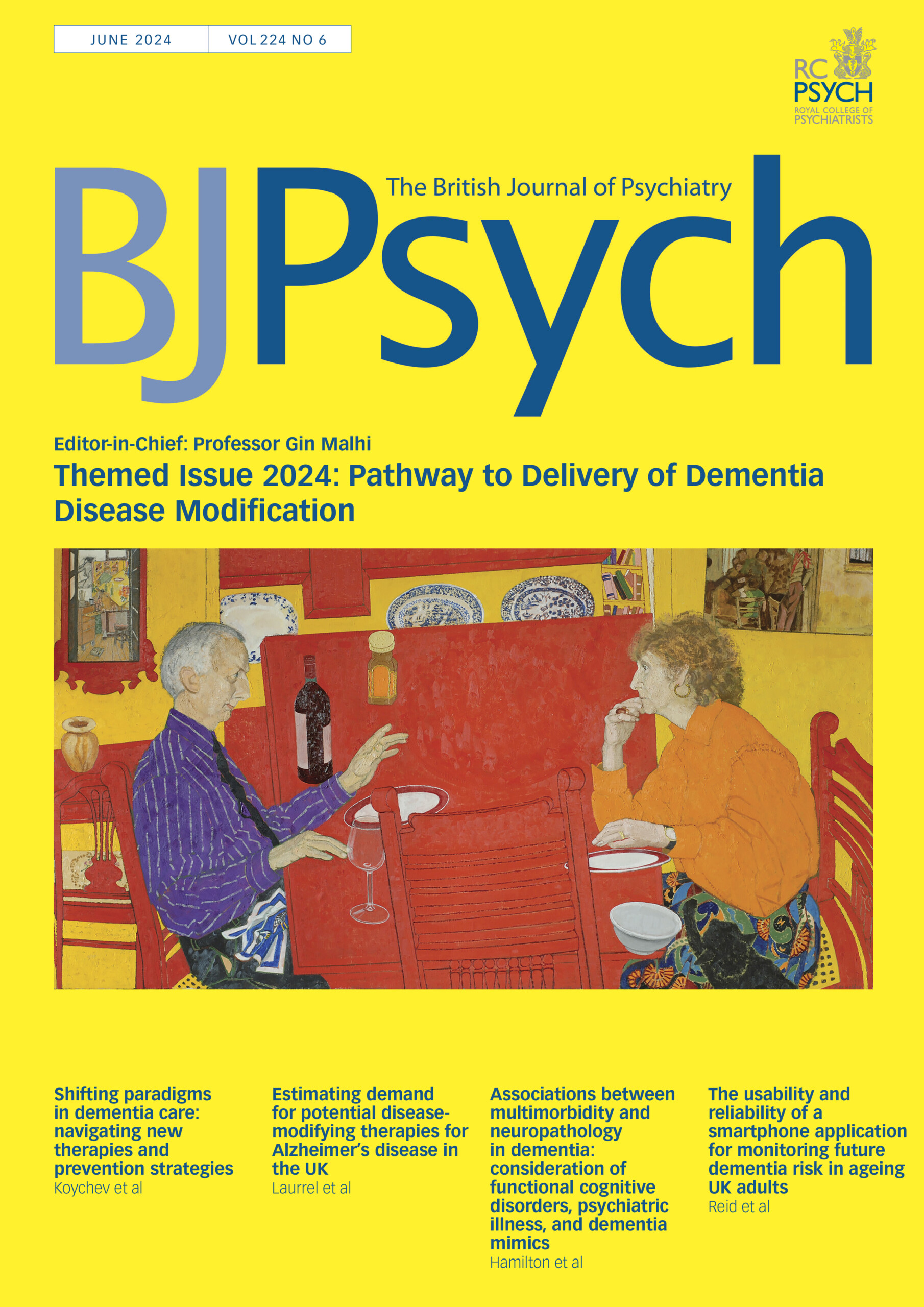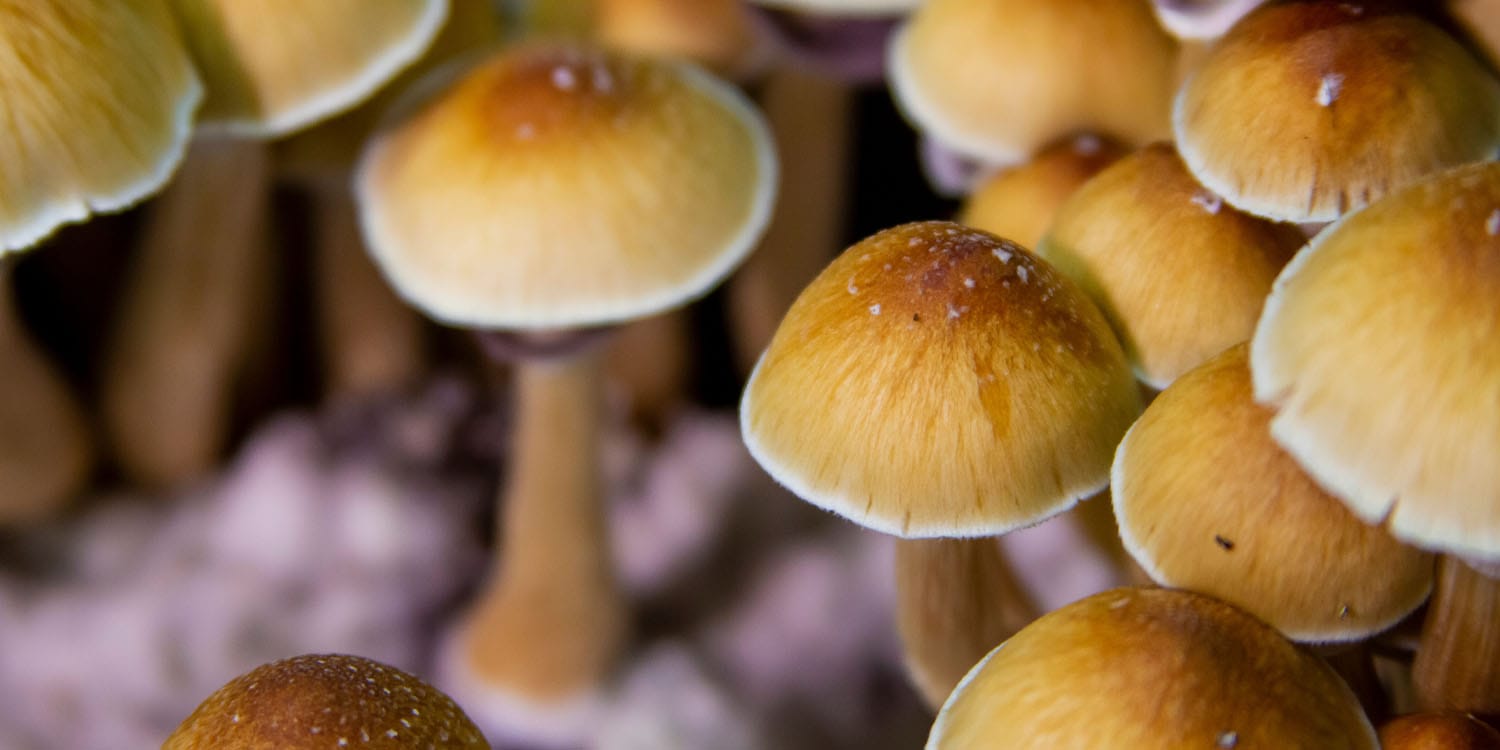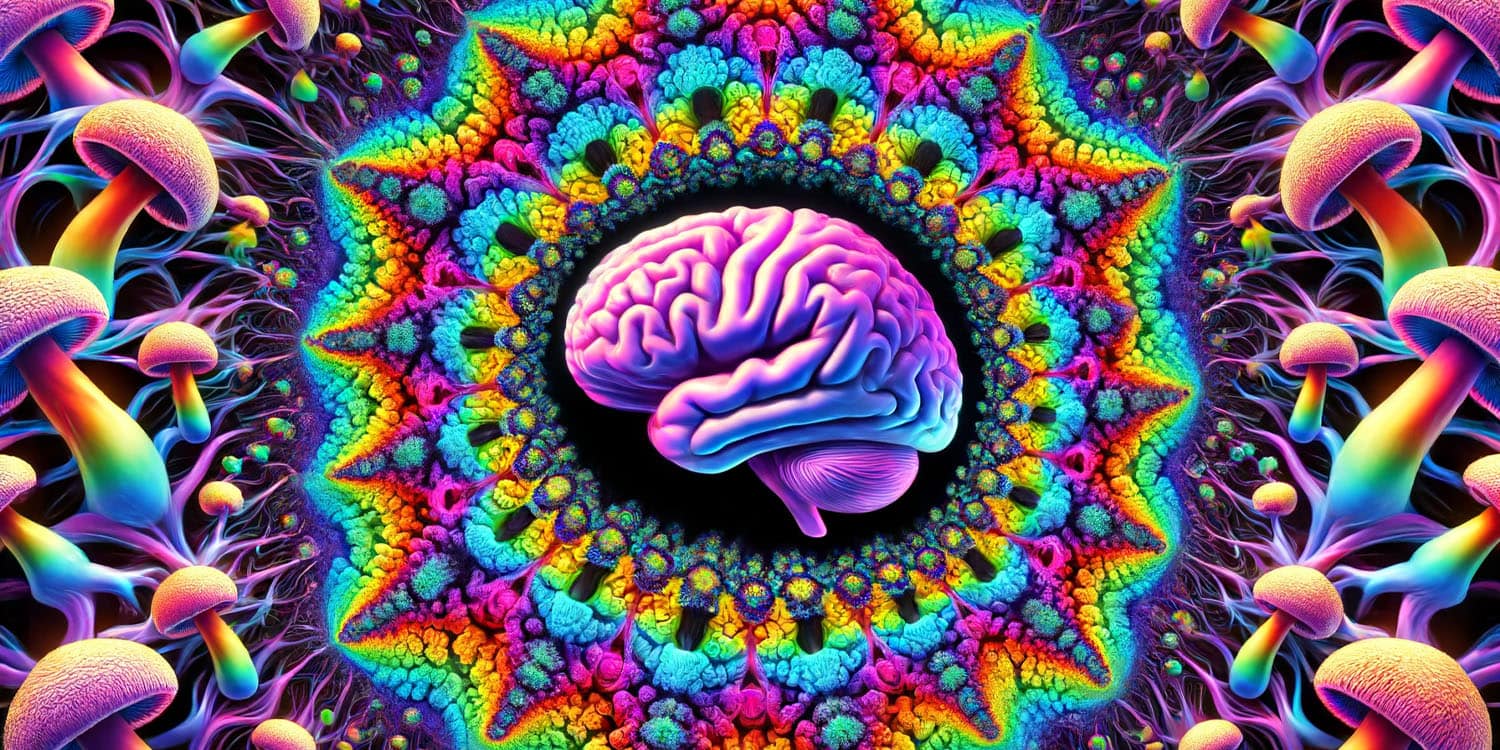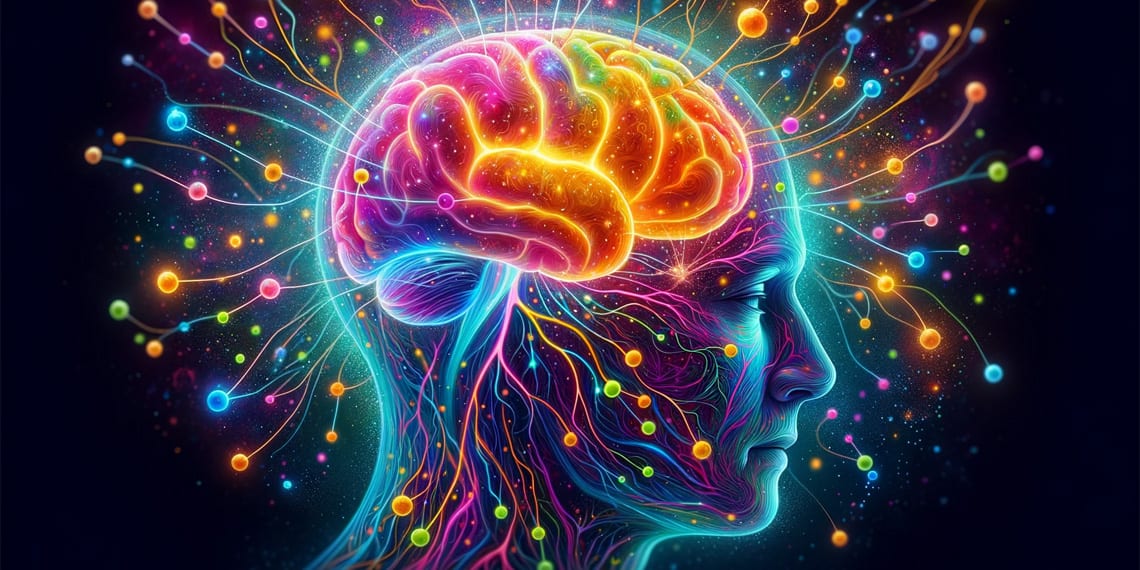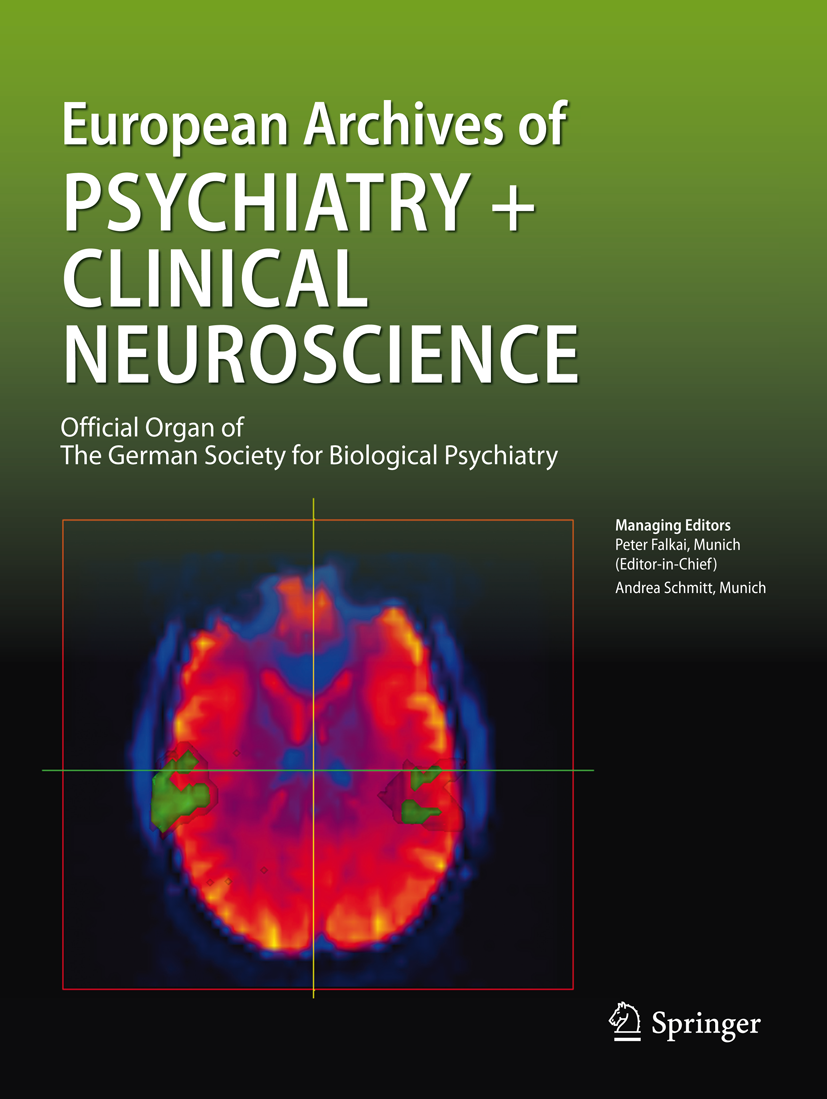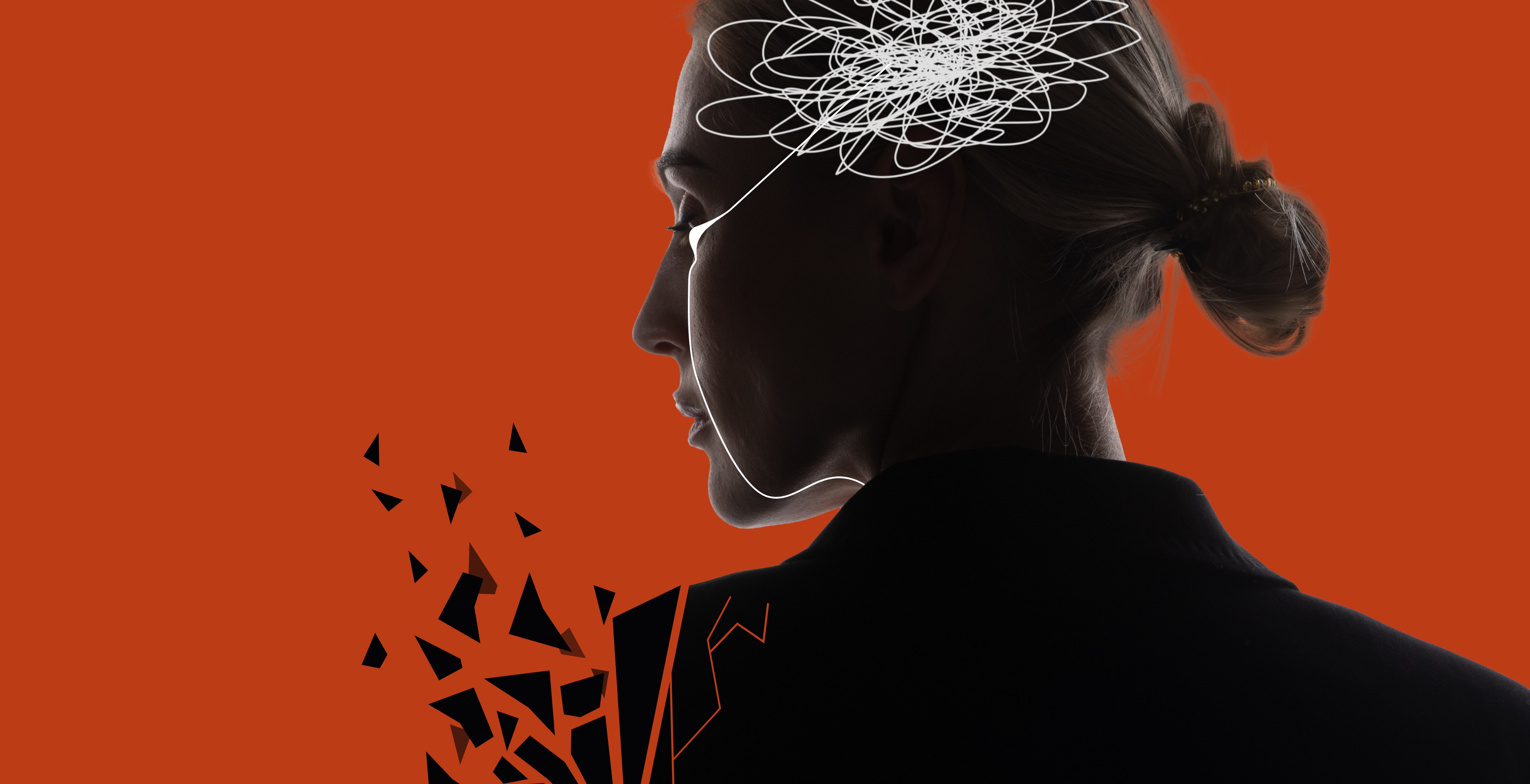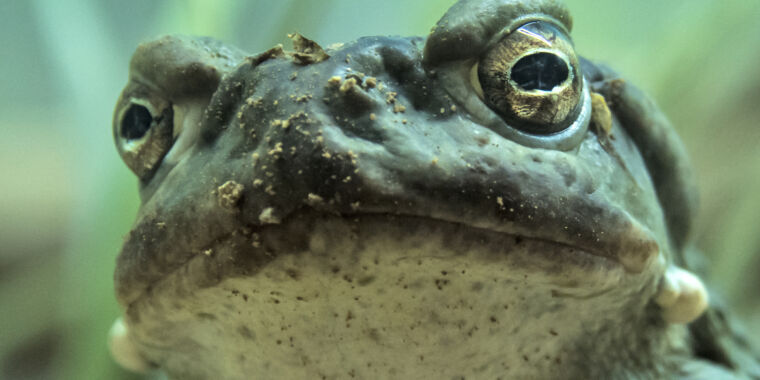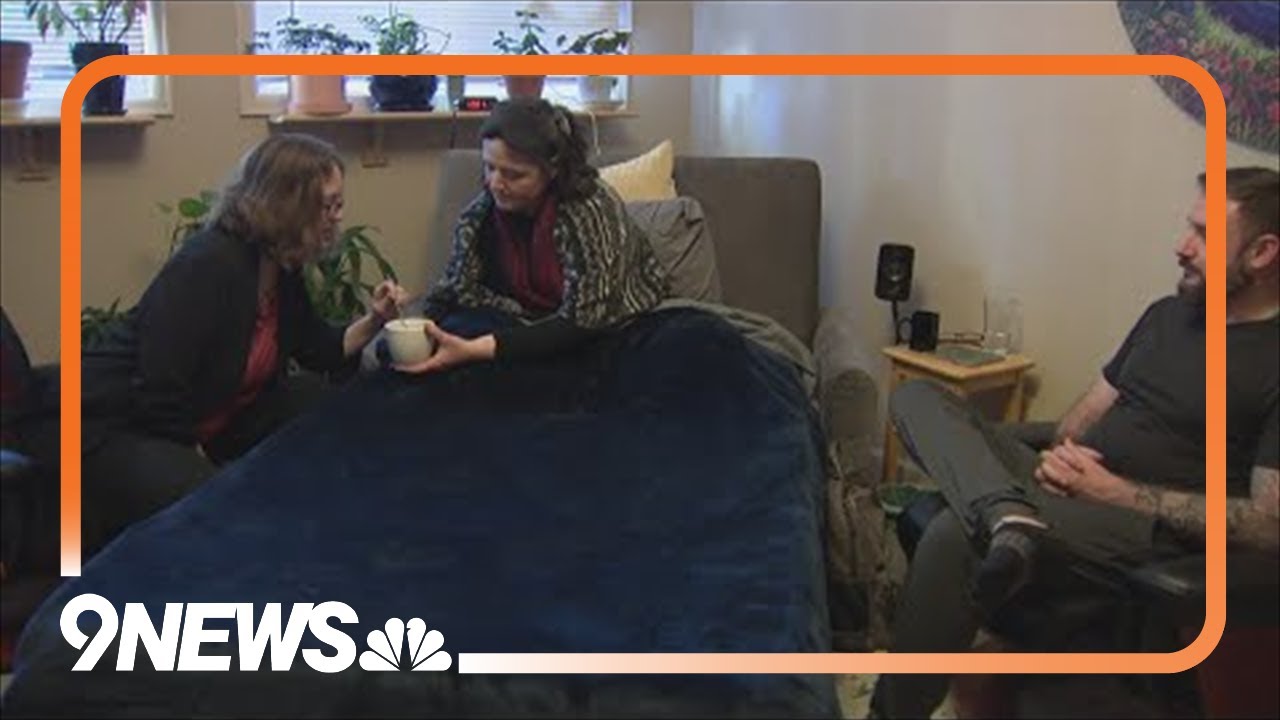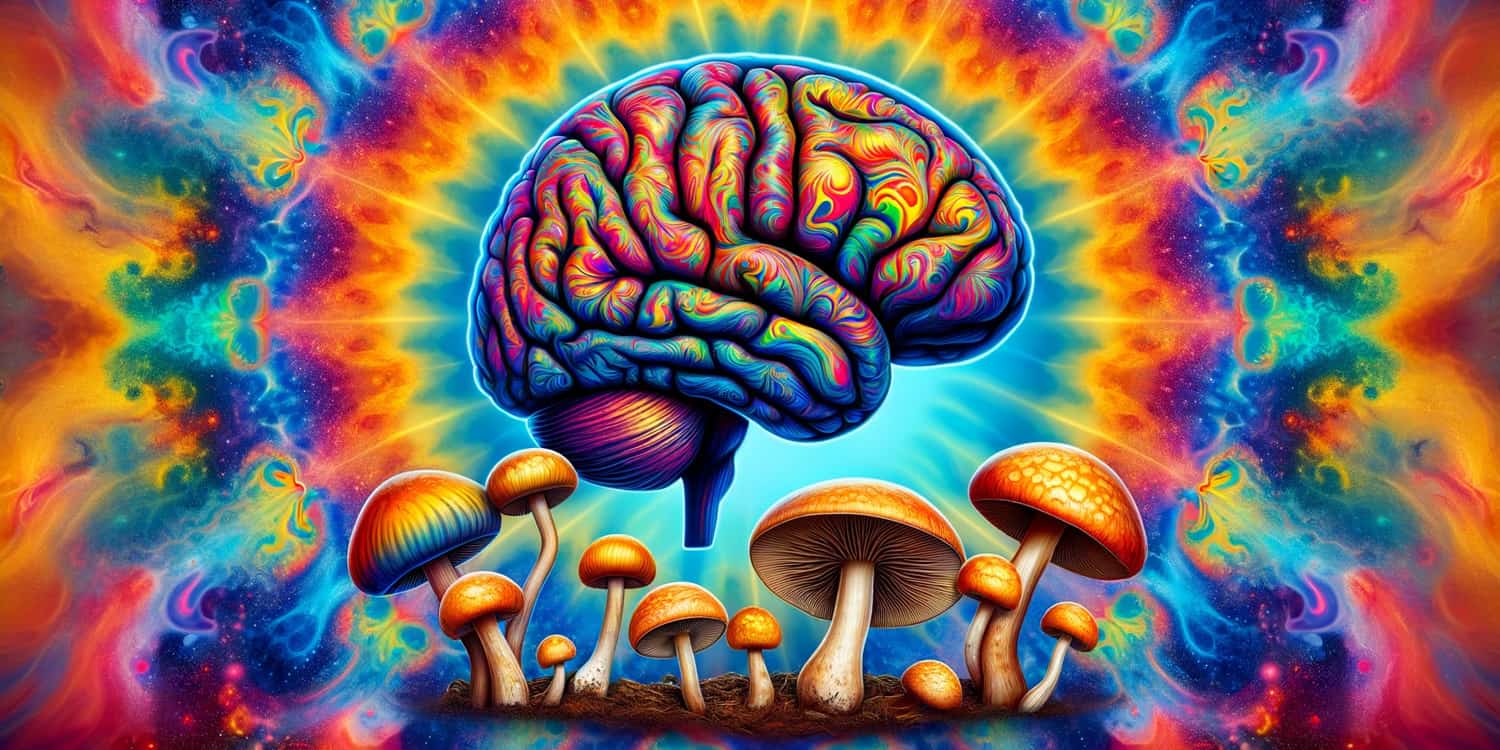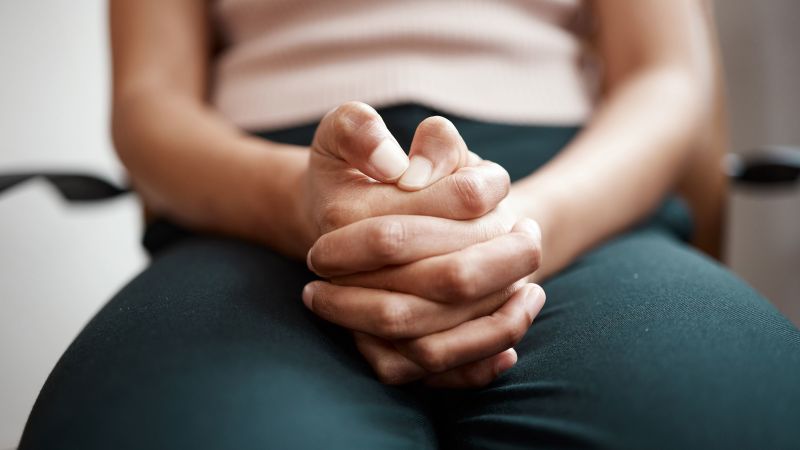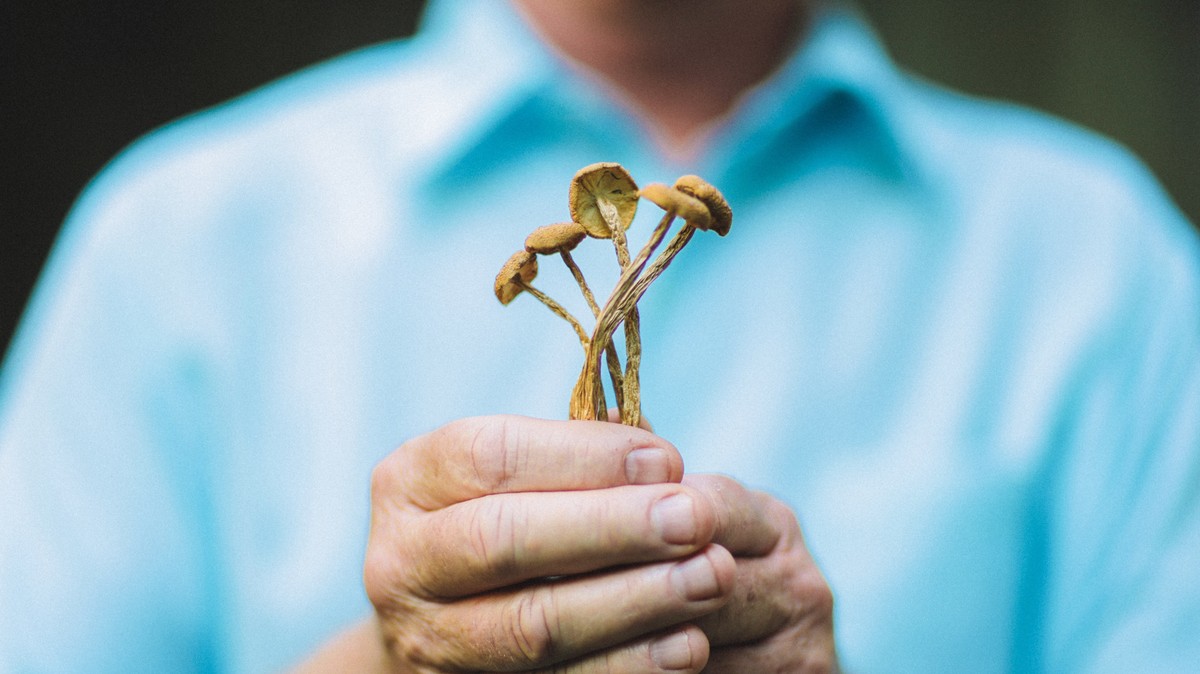Psychedelic Therapy
Please use Bookshop.org instead of Amazon if you decide to purchase any of these books. Amazon is an unethical company, and we should all make an effort to give them less money. Having said that, there are two books that should make this list, but they are only available on Amazon: - [Beyond the Trip: A Journal for Psychedelic Preparation and Integration](https://www.amazon.com/Beyond-trip-psychedelic-preparation-integration/dp/B0C7SWSZCF) - [The Theradelic Approach: Psychedelic Therapy. Perspective, Preparation, and Practice](https://www.amazon.com/Theradelic-Approach-Psychedelic-Perspective-Preparation/dp/B0C7JJB5WY/)

**Your contribution is what makes it thrive, so please share your journeys and thoughts!** This is a place to discuss therapeutic use of various psychedelic substances, from ketamine to psilocybin to MDMA and others. We welcome anything from personal accounts to scientific articles and talks. The rules for posting and commenting, besides the rules defined here for lemmy.world, are as follows: **Rules** - Posts containing medical advice or diagnosing others are not allowed. Please keep the post focused on your personal experience. - Please do not recommend specific dosages or treatment methods to others. It’s OK to talk about your personal experience. - Harassment of any kind is not tolerated. Do not harass any user for any reason including treatment choices, race, religion, gender, sexuality, disability, etc. - We do not allow promotion, solicitation, or affiliate links. For interviews, surveys, and studies, please contact the moderators. **Related Communities** - [Mental Health](https://lemmy.world/c/mentalhealth) - [Therapy](https://lemmy.world/c/therapy) **Community Moderation** For inquiry on becoming a moderator of this community, please send a message to the current moderators.
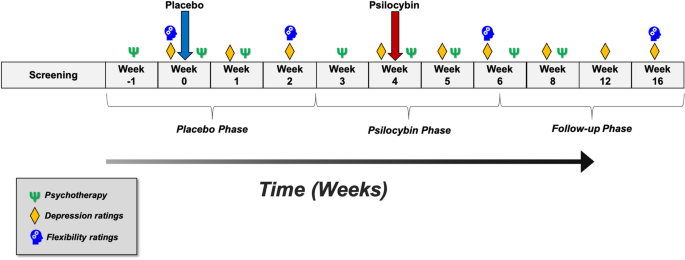 www.nature.com
www.nature.com
>Psychological flexibility is a multifaceted construct composed of: > >(1) openness to experience (experiential acceptance); > >(2) behavioral awareness (i.e., mindful attention to the present moment); and > >(3) values-driven action
> Lykos’ application is for talk therapy combined with MDMA, commonly called ecstasy, as a treatment for post-traumatic stress disorder. > >The FDA granted the application priority review, meaning the agency will review it over six months instead of the standard 10-month timeline. The agency set a target date of Aug. 11 to decide whether to approve the application. > >The August target date isn’t the end of the line. Should the FDA approve Lykos’ application, the Drug Enforcement Administration must reschedule MDMA before doctors can prescribe it.
TL;DR: - A single dose of DMT produced a fast antidepressant response in 55% of patients the day after dosing. - A durable antidepressant effect was also shown, with 55% of patients in remission from depression at day 29 and 45% in remission at day 85. - DMT demonstrated a short treatment duration, with acute effects resolving and patients deemed dischargeable within an average time of less than 2 hours. - DMT was generally well-tolerated with no serious adverse events reported.
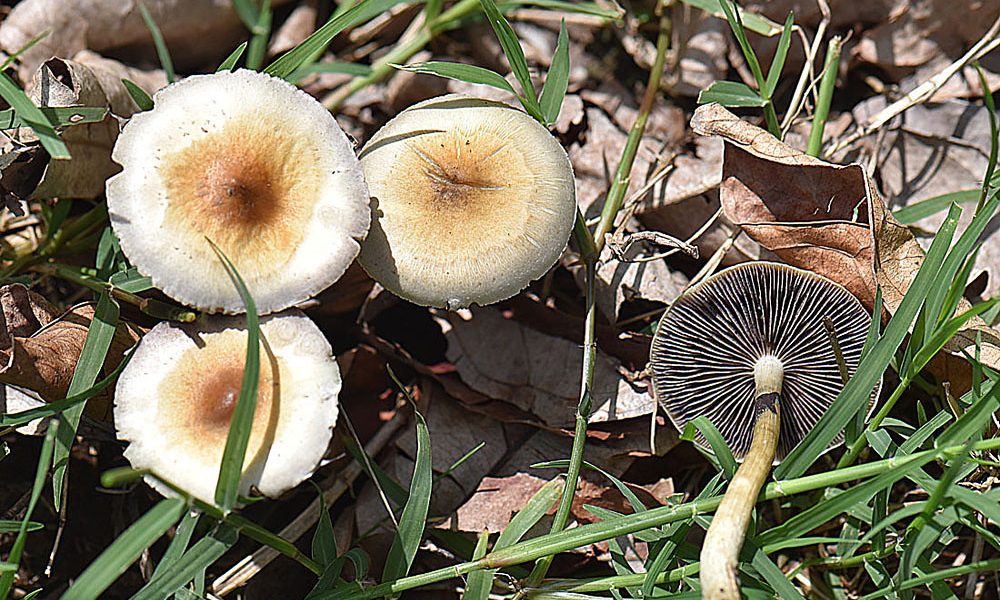 www.marijuanamoment.net
www.marijuanamoment.net
The Republican governor of Utah has allowed a bill to become law without his signature that authorizes a pilot program for hospitals to administer psilocybin and MDMA as an alternative treatment option.
> Initially focusing on ketamine-assisted therapy, this coverage is designed to include psilocybin and MDMA once they are legalized for therapy in Canada.
**Abstract:** Current research suggests that ketamine-assisted psychotherapy has benefit for the treatment of mental disorders. We report on the results of ketamine-assisted intensive outpatient psychotherapeutic treatment of a client with treatment-resistant, posttraumatic stress disorder (PTSD) as a result of experiences of racism and childhood sexual abuse. The client’s presenting symptoms included hypervigilance, social avoidance, feelings of hopelessness, and intense recollections. These symptoms impacted all areas of daily functioning. Psychoeducation was provided on how untreated intergenerational trauma, compounded by additional traumatic experiences, potentiated the client’s experience of PTSD and subsequent maladaptive coping mechanisms. Ketamine was administered four times over a 13-day span as an off-label, adjunct to psychotherapy. Therapeutic interventions and orientations utilized were mindfulness-based cognitive therapy (MBCT) and functional analytic psychotherapy (FAP). New skills were obtained in helping the client respond effectively to negative self-talk, catastrophic thinking, and feelings of helplessness. Treatment led to a significant reduction in symptoms after completion of the program, with gains maintained 4 months post-treatment. This case study demonstrates the effective use of ketamine as an adjunct to psychotherapy in treatment-resistant PTSD.
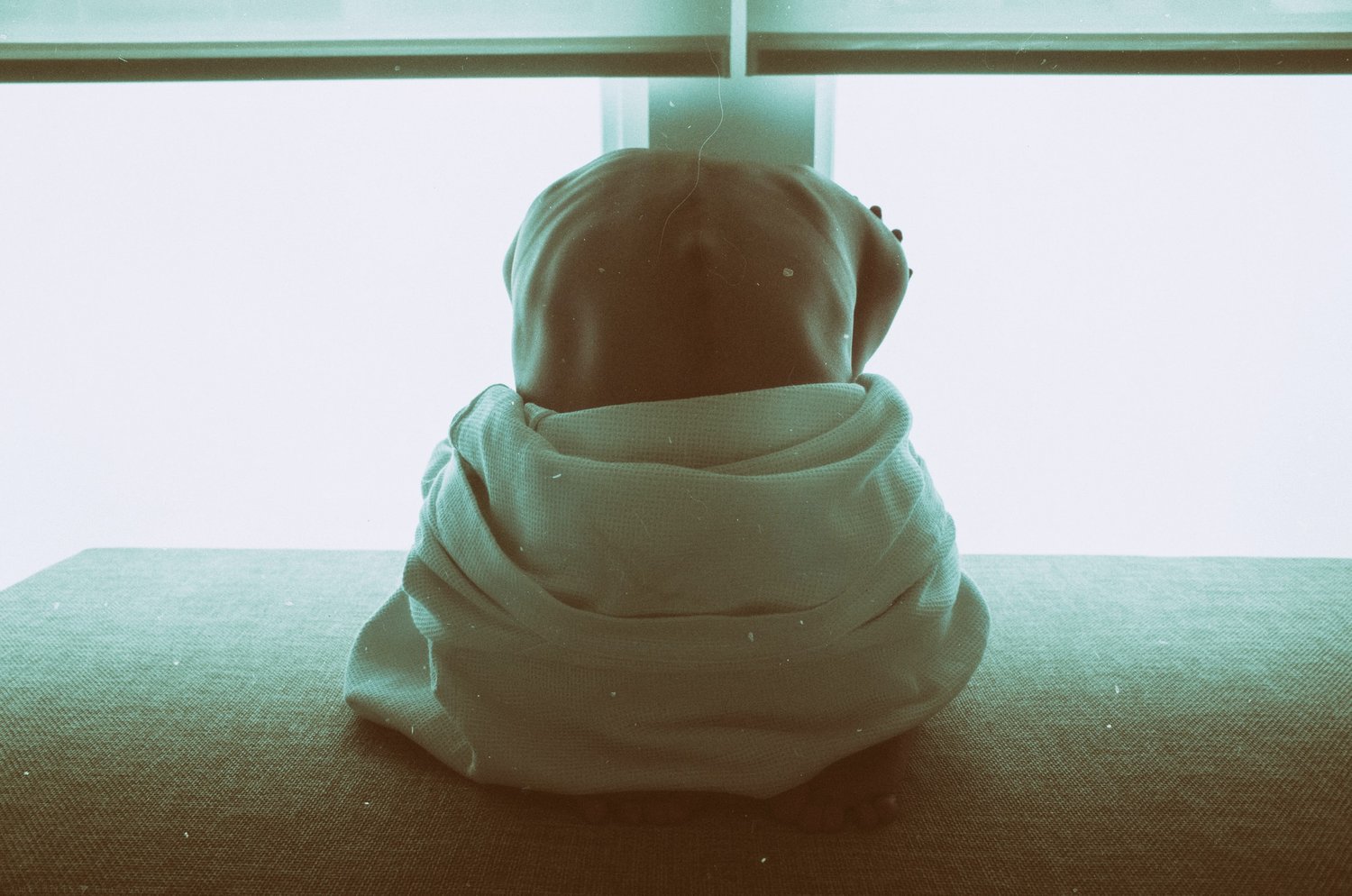 psychedelicchronicles.earth
psychedelicchronicles.earth
>In a recent study, a group of scientists investigated adults who had been victims of childhood abuse. Through collecting data from various questionnaires, they compared symptoms of C-PTSD between those who had used psychedelics in an intentional therapeutic way, with those who hadn’t. > >The scientists found that adults who had used psychedelics multiple times with therapeutic intent had lower scores on a DSO scale - a measure of C-PTSD core features including low self-worth, problems with regulating emotions, and difficulties in relationships. Their results also showed those who had an increased number of intentional psychedelic uses revealed decreased levels of self-shame, another common C-PTSD symptom.
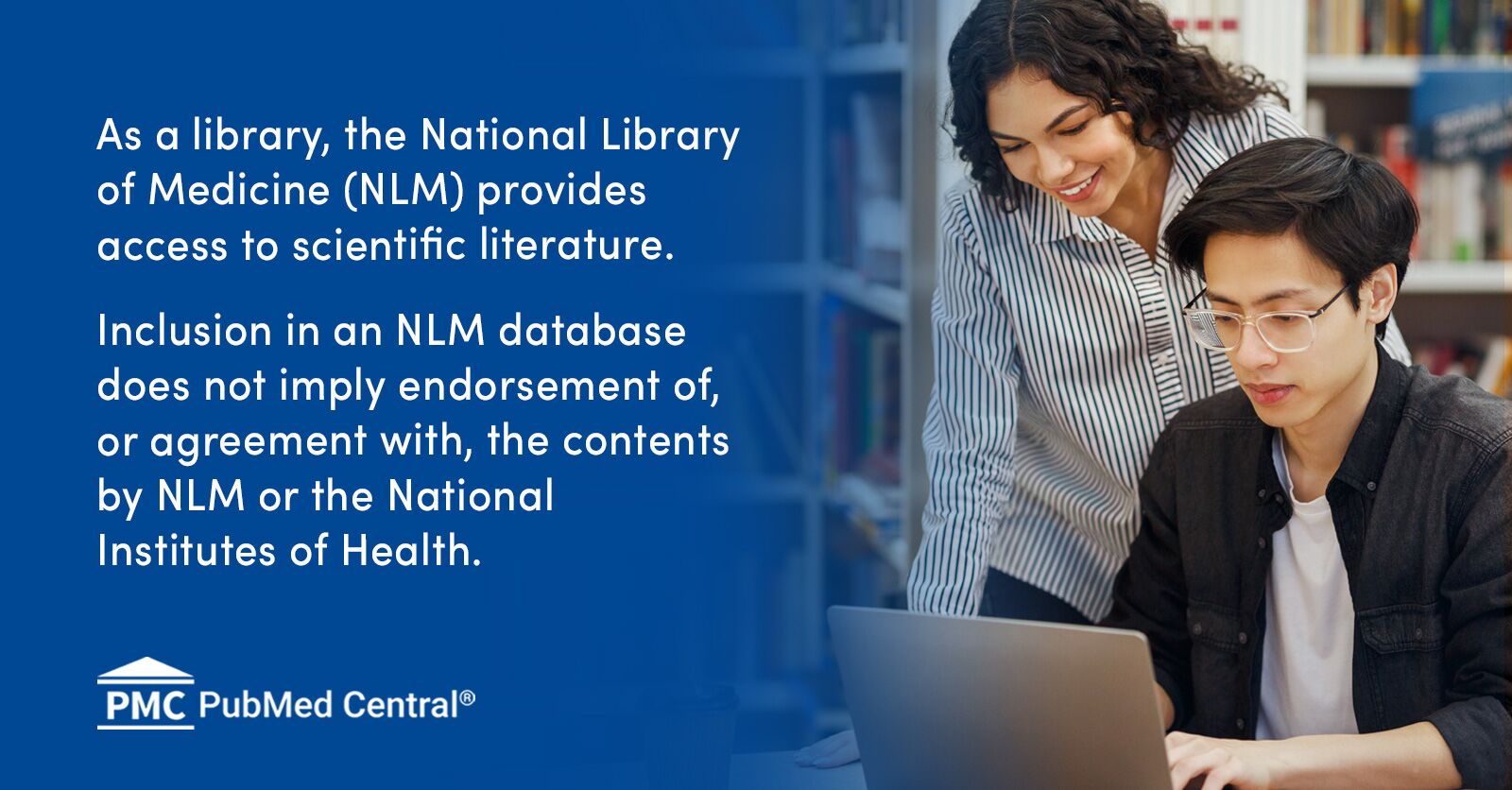 www.ncbi.nlm.nih.gov
www.ncbi.nlm.nih.gov
The gold standard in the context of medical trials is the double-blind randomized trial. In such trials, the response to a potential therapeutic agent is measured relative to the response to an inactive placebo. Psychedelics are thought to be powerful therapeutic agents. Some psychedelics may be therapeutic even at sub-perceptual doses, but it is likely that some therapeutic benefit can be obtained at psychoactive doses, and - in some cases - the psychoactive experience itself may contribute to the therapeutic effect. The problem that this review addresses is: How do you run a blind trial with a placebo when the "active" ingredient is expected to produce a psychoactive experience? Participants are by definition not supposed to know whether they took the placebo or the active agent... but someone who experiences a powerful psychoactive experience is unlikely to remain "blind". The review goes over some ideas such as the use of "active placebo comparators" which are psychoactive substances that are different enough to the substance under test. An argument is also made for a paradigm shift: let's move away from double blinded placebo trials as the global gold standard and establish alternative methods to show efficacy - such as "pragmatic clinical trial designs". I was going through the literature and thought this was an interesting topic to share and discuss. What do you think? 😄
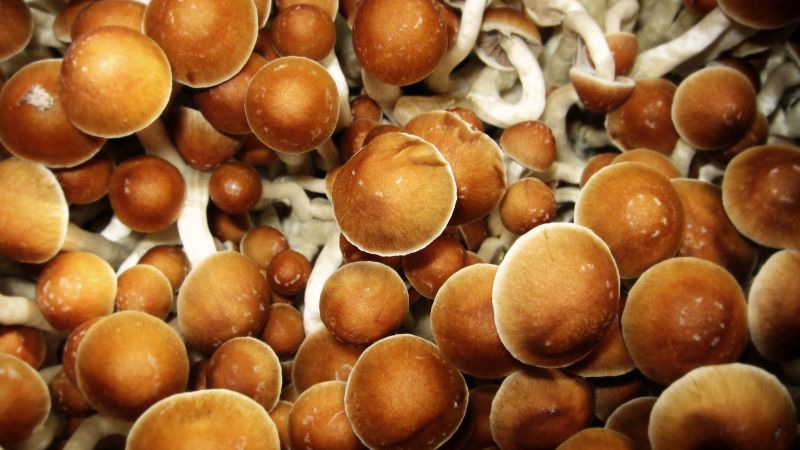 www.cnn.com
www.cnn.com
cross-posted from: https://lemmy.world/post/12684314 > How psilocybin, the psychedelic in mushrooms, may rewire the brain to ease depression, anxiety and more
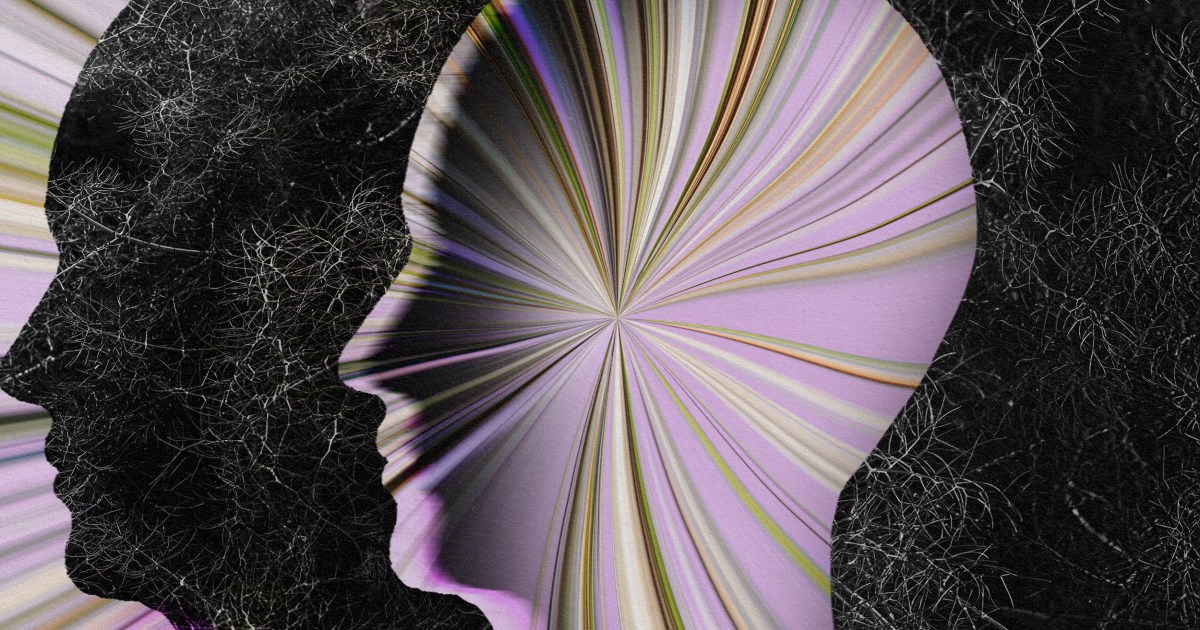 bigthink.com
bigthink.com
cross-posted from: https://lemmy.world/post/10996654 > Ketamine’s remarkable effect bolsters a new theory of mental illness.
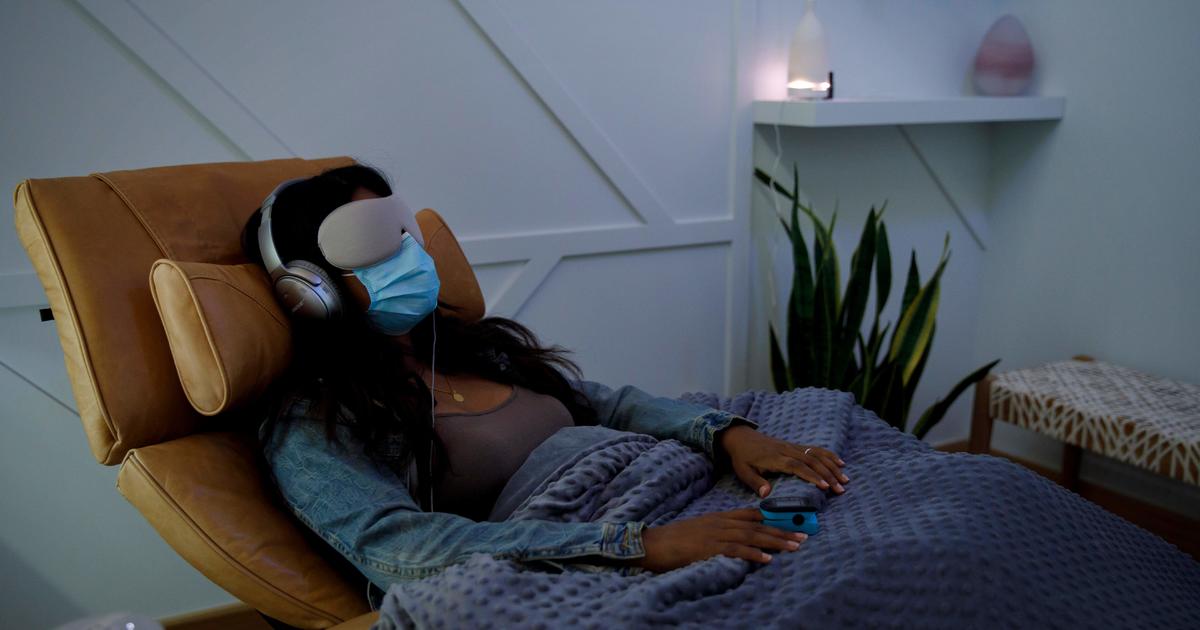 www.cbsnews.com
www.cbsnews.com
Inside a spa-like room at the Institute for Integrative Therapies (ITT) in Eden Prairie are four recliners, several sets of headphones and eye coverings. They are there for when patients embark on what ITT's founder, Dr. Manoj Doss, calls their psychedelic journey. The chairs are reclined, the eye coverings go on, the music is piped in and the psychedelic is then given, via lozenge or injection. "The reason is we want to make this completely introspective," said Dr. Doss. "There's no external stimuli that is affecting their journey and they completely inwards towards it." A facilitator therapist sits in the room with the patients to guide them through rough spots or help them with anything they want to bring up. Dr. Doss is always nearby, just in case there are side effects, like nausea, headaches or dizziness. But, this journey begins long before any patient ever receives a psychedelic drug. At this clinic – the first of its kind in Minnesota – that drug is ketamine, the only legal psychedelic in the state. Ketamine was created as an anesthetic in the 1970s, but at lower doses, it can produce psychedelic states. Before being administered the ketamine, patients first required to go through a medical assessment that includes looking at any cardiovascular problems or history of mania or psychosis. Those histories might make them ineligible for this kind of therapy. After that, patients must undergo three to five psychotherapy sessions to prepare to talk about what issues they want to address and what they hope the gain from the experience. Following the medication, patients continue with their therapy with a hope to find a breakthrough, changes in behavior, or shifts in perceptions. "The psychedelic is not the cure itself," said Dr. Doss. "The psychedelic is the catalyst or the mediator." In an interview with CBS News, former Marine Scott Ostrom told CBS' David Martin that using psychedelics in therapy allowed him to open up and peel away the layers of trauma. He credits the psychedelic treatment and therapy with getting rid of panic attacks and thoughts of suicide. Ostrom had been part of a large trial involving the psychedelic drug MDMA. These trials, conducted by the Multidisciplinary Association for Psychedelic Studies, found two-thirds of people using this treatment no longer reported symptoms of PTSD. They are in the final stage of research required by the Food and Drug Administration and just one of several FDA-approved trials involving the use of therapeutic use of psychedelics. "After those three MDMA sessions," Ostrom said, "I haven't had a nightmare about the war since." Dr. Voss said there are several thoughts and theories about how psychedelics affect the human brain, but the prevailing one has to do with the brain creating new circuits and connections. Essentially, they can help un-stick "stuck" thoughts, like ruminations, self-doubt, obsessions or compulsions. That then gives the psychotherapy, he said, a better chance of being successful. "What psychedelics can do is basically shake up a snow globe and give you a fresh set of powder to ski on," Dr. Doss. Most psychedelics have been illegal in the U.S. since the 1970s, but there are several drugs, including MDMA and psylocibin, that are expected to apply for approval to the FDA. "In the right setting with the right provider, it's an extraordinarily important tool," said Dr. Doss. "It's not just for the mentally ill, it's for everyone in between that just wants a better life."
 www.timescall.com
www.timescall.com
In 2004, Mike Gemignani enlisted in the Army after graduating from high school. A forward observer, he directed artillery units and Apache attack helicopters to their targets during his two tours in Iraq with the 101st Airborne Division. He eventually left the military, went to college and settled into a job. But a slow trickle of anxiety and depression soon followed. He sought help through the Department of Veterans Affairs, where counselors prescribed him “fistfuls” of medication, including opioids and more drugs to counter their side effects. The drugs didn’t help his depression, and for days at a time he would do nothing, immobilized by the illness. Gemignani’s story is not uncommon for those who served in the military. But now, after years of effort, momentum is building in Congress to explore a new path for servicemembers and veterans struggling with psychological illnesses: psychedelics. Current legislative proposals include studies of the effectiveness of using psychedelics to treat PTSD among active-duty servicemembers and veterans, reflecting a small but significant shift among lawmakers’ attitudes toward therapeutic use of the drugs. But psychedelic therapy was not an option when Gemignani turned to the VA, and his mental status continued to deteriorate. “I got to the point where I was sitting in my basement office with a pistol in my hand,” Gemignani said. Gemignani’s situation changed when his wife found a website for the organization Veterans of War, a nonprofit that facilitates six-month programs for veterans who, having exhausted their other options, travel overseas in an effort to treat their depression, anxiety and PTSD with psychedelics. The program includes months of coaching, therapy and community-building, but is centered around a weeklong trip, typically to the jungles of Peru or Costa Rica, where participants take ayahuasca, a powerful psychoactive brew traditionally used by indigenous cultures that, among other psychedelics, is gaining popularity in the U.S. as a way to treat psychological issues without turning to opioids. But psychedelic substances like ayahuasca and psilocybin — commonly referred to as magic mushrooms — are illegal in the U.S., forcing interested Americans to seek them out in more permissive nations overseas, or find them on the black market. “That’s the irony. You have veterans who have done so much for our country yet, when we find a cure, they have to leave the country to get cured,” said Rep. Lou Correa, D-Calif., who co-chairs the Congressional Psychedelics Advancing Therapies (PATH) Caucus alongside Rep. Jack Bergman, R-Mich. **Therapeutic value** Attitudes toward the substances in the U.S., and on Capitol Hill, are slowly shifting. Proponents say psychedelics offer a long-term alleviation of symptoms, if not cures, to some psychological illnesses, sometimes after a single use. The Food and Drug Administration has previously granted “breakthrough therapy” designations to psilocybin and MDMA, another psychedelic, commonly referred to as ecstasy or Molly. The designation recognizes the therapeutic potential of the drugs, and can eventually lead to their approval. Full approval for MDMA is widely expected in the coming months, and psilocybin may not be far behind. Researchers have compared the effects of psychedelics on a person’s brain to fresh snowfall on a heavily used ski slope. Once the new snow has fallen, new paths — or thought patterns — can be created. Those new thought patterns may play an important role in overcoming illnesses like PTSD. Jesse Gould, a former Army Ranger and founder of the Heroic Hearts Project, another nonprofit that facilitates access to psychedelic programs for veterans, says his organization has served over 850 veterans and 100 spouses. When combined with all of the other groups in the space, that figure is likely over 3,000. And when that figure is combined with the number of veterans who go it alone, it’s likely over 5,000, Gould estimated. **Legislative efforts** With Congress back from Thanksgiving recess, House and Senate lawmakers are set to begin formal conference negotiations on the fiscal 2024 Pentagon policy bill. Among the thousands of proposals that members will wade through is one by Reps. Alexandria Ocasio-Cortez, D-N.Y., and Daniel Crenshaw, R-Texas, that would direct the Defense Department to study the use of psychedelics in the treatment of PTSD and other related illnesses in active duty servicemembers. If included in the final version of the bill and passed into law, the provision would be a first for the Defense Department. It’s something Ocasio-Cortez has advocated for since 2019, when she tried unsuccessfully (91 for, 331 against) to attach a similar amendment to an appropriations package. “Every time we bring this issue up we gain ground. When I first introduced an amendment on this, people were laughing at it. Fast forward a couple of years and it’s now actually taken very, very seriously,” Ocasio-Cortez said in an interview. According to Ocasio-Cortez, that unsuccessful vote four years ago sparked national interest in the issue. “When people saw how out of step Congress was with the general public on this issue, that’s when we started seeing the outpouring of support from veterans and survivors of sexual trauma,” she said. In the days following the vote, members not only approached Ocasio-Cortez to apologize, she said, but subsequently changed their positions. And the issue has attracted champions on both sides of the aisle. At a news conference earlier this year, Crenshaw, a conservative, acknowledged his unlikely pairing with Ocasio-Cortez, one of the most progressive members of Congress. “This is a wild coalition, okay?” Crenshaw said. “But everybody’s on the same page because there’s a realization that these therapies are working. There’s already some pretty solid studies, specifically on MDMA, that show just unbelievable outcomes — massive reductions in PTSD symptoms. We need to keep replicating those studies,” he said. And other psychedelics-related pieces of legislation are also working their way through Congress. In July, Bergman and Correa successfully offered an amendment to the fiscal 2024 Military Construction-VA appropriations bill that pushed the VA to carry out “large-scale studies” into drugs like psilocybin and MDMA. This month, Carolyn Clancy, VA assistant undersecretary for health for discovery, education, and affiliate networks, told the House Veterans’ Affairs Subcommittee on Health that her agency is conducting several studies on the topic. **Changing attitudes** Correa and Bergman, a former Marine Corps lieutenant general and the highest-ranking combat veteran to serve in the House, have been working to bring awareness to the possibilities surrounding psychedelics. As co-chairs of the PATH Caucus, the pair hold regular briefings with lawmakers, inviting those who they feel “will have an open mind” toward new applications for psychedelics. In an interview, Bergman described one such briefing also attended by veterans who had found success in treating their illnesses with psychedelics. “We brought in veterans who had gone to Mexico to get the treatment, and it was powerful. There’s no other word. And I had a few members who said they couldn’t thank us enough because it opened their eyes,” Bergman said. Bergman and Correa both said they felt a shift in momentum among lawmakers as, little by little, more members come around to seeing psychedelics in a positive light. House Armed Services ranking member Adam Smith, D-Wash., who has talked publicly about his own experiences in psychotherapy to overcome chronic anxiety, said he was supportive of the push in Congress to study the drugs, but that non-pharmaceutical options should also be considered by those seeking treatment. “I think [the legislation] makes sense,” he said, “but you’re messing with some pretty complicated stuff and introducing drugs into that. It’s worth pursuing, but it’s also worth aggressively pursuing some non-pharmaceutical options.” But Senate Armed Services Chairman Jack Reed, D-R.I., foreshadowed possible headwinds in his chamber. “Generally speaking, a study of a serious subject like this is something we would include in the NDAA, but it’s a new topic and for some people it may be the first they’ve heard about it,” Reed said in an interview. That hesitancy could mean that the provision from Ocasio-Cortez and Crenshaw is dropped from the final version of the bill. Even if that were to happen, however, it appears clear that momentum for the study and use of psychedelics in the U.S. is steadily building, and other avenues besides the NDAA exist. Brett Waters, the founder of Reason for Hope, an organization that advocates for access to so-called psychedelic medicine and assisted therapies, said the last few years have shown a clear shift toward understanding and acceptance of psychedelics in the U.S. “The way people describe psychedelics is unlike the way they talk about any other therapy,” Waters said. “They say it was life changing, or one of the most meaningful things to ever happen to them. And as more legislators are hearing those stories from veterans and others it’s having an incredibly compelling effect.”
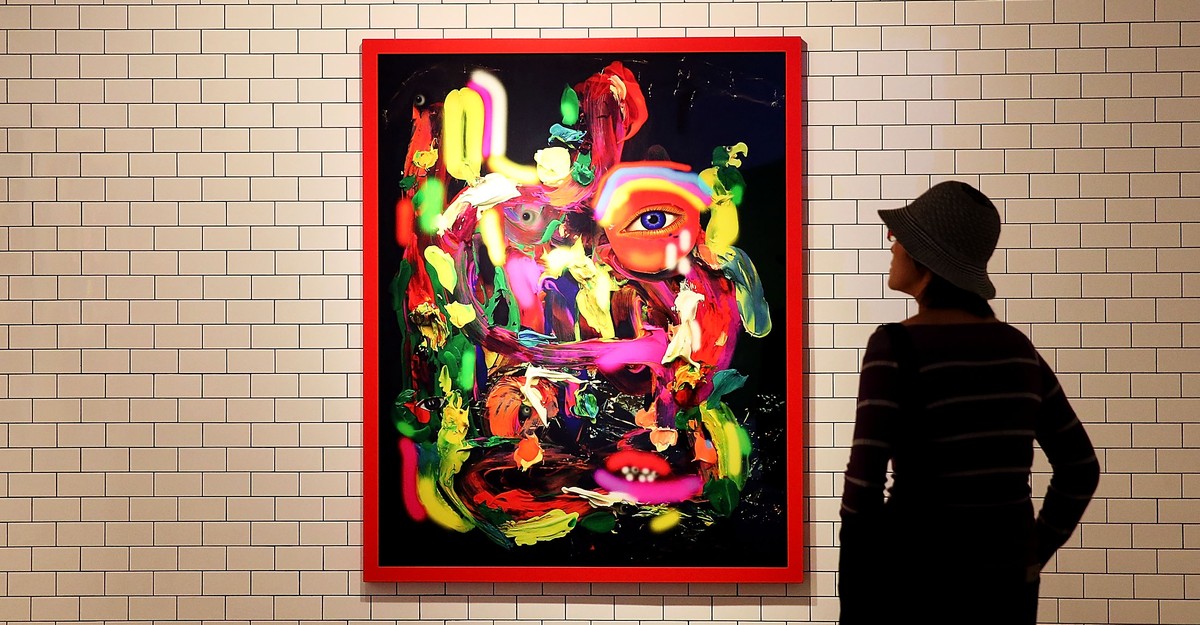 www.theatlantic.com
www.theatlantic.com
The purported benefits of microdosing psychedelics are as numerous as the research is sparse. The technique, which involves ingesting small amounts of LSD, mushrooms, or other hallucinogenic drugs every three or four days, has made headlines for its popularity as a “productivity hack” among the Silicon Valley elite. But anecdotal endorsements of microdosing claim that the routine can lead to a whole variety of benefits, including heightened emotional sensitivity, athletic performance, and creativity; and relief from symptoms of anxiety, depression, OCD, PTSD, and chronic pain—all without resulting in any sort of trip. In a lab setting, meanwhile, these effects have hardly been studied. Microdosing straddles a line between homeopathic remedy and experimental biohacking as a promising tool that hasn’t yet made its way through the clinical system’s rigorous checks and balances. Now a new study published Monday in the journal ACS Chemical Neuroscience provides the first biological evidence that psychedelic microdosing could have unique therapeutic effects that differ from the effects of a full dose. For David Olson, a professor in the chemistry and neuroscience departments at the University of California at Davis and one of the paper’s authors, it started with ketamine. Over the past few years, Olson watched as the formerly notorious anesthetic cum party drug was rebranded as an experimental miracle for treatment-resistant depression. Ketamine has the ability to rebuild fraying connections between brain cells integral to networks that regulate emotions and mood, thanks to an effect known as neural plasticity. Olson suspected that the process by which ketamine promotes this type of plasticity could be activated by other substances as well, and in June his team published a paper showing that in rats, psychedelics such as LSD, ecstasy, and dimethyltryptamin, or DMT, mirror ketamine’s effects. When the study ended, Olson began to wonder if the therapeutic benefits could also be achieved through microdosing. Along with the hallucinogenic effects of the drugs, he’d found that standard doses gave his rats fierce anxiety, which seemed like a high price to pay for an effective antidepressant. “I really wanted to answer the question as to whether or not the hallucinogenic effects of these compounds were necessary for the therapeutic effects,” Olson says. At that point, there had only been four published studies on microdosing: three based on interviews with anonymous users who reported the effects, and one write-up of a conference where attendees ingested psychedelic truffles. (A fifth microdosing study, also interview-based but the first with an empirical setup, was published last month in the journal PLOS One.) For the new study, Olson’s team calculated a dosage of DMT—which is chemically like a stripped-down version of LSD or psilocybin “magic” mushrooms—that was too small to produce any hallucinogenic effects. They gave it to the rats every three days. On off days, the animals completed tests, including two experimental proxies for human anxiety and depression, respectively: a repetitive fear exercise, and a forced-swim test that looks at whether the animal will simply give up when in danger. Seven weeks later, the researchers found that even though the rats weren’t given enough DMT to hallucinate, their depression and anxiety scores still improved significantly. The uptick in anxiety associated with the higher dose of DMT was nowhere to be found in the rats that had taken intermittent microdoses. Olson says the study demonstrates that the therapeutic effects of psychedelics—in rats, at least—can indeed be harnessed independently of the hallucinogenic effects. It appears that each of DMT’s distinct effects can be activated only if the amount of the drug present crosses a certain threshold. For the benefits of neural plasticity, that threshold seems to be lower. For most substances, a study like this could quickly prompt more research that would eventually open the door to clinical trials. But for psychedelics, which are highly illegal substances in the United States that fall among the most strictly regulated both in and out of labs, the progression of research can be slower. “There has been a very big transformation of how psychedelics are perceived in society over the past 10 years,” says Balazs Szigeti, a researcher at the Icahn School of Medicine at Mount Sinai who is currently collecting data for a self-blinding study of microdosing. “Animal-model research is helpful in moving it forward, but the major hurdle to conducting a large-scale clinical study on microdosing is the money.” In the 1950s and ’60s, tons of research funding in the United States and abroad was dedicated to studying the effects that psychedelics have on consciousness, creativity, and spirituality. But psychedelics were outlawed under President Richard Nixon’s Controlled Substances Act. Grant money for psychedelics research quickly dried up, and by the time researchers decades later became curious about the esoteric substances, most prior research had been rendered effectively useless by modern scientific standards. Grant money can still be hard to come by. Noah Sweat, a program coordinator at the University of Alabama at Birmingham’s School of Public Health, claims that the specter of this politicization continues to influence psychedelics research. “People now that are in positions of authority, either over departments that would be researching [psychedelics] or over the grant-awarding processes, might not have any sort of political objection to the research, but just have kind of absorbed the ambient cultural attitude toward them,” he says. Still, psychedelics have potential dangers. When Olson’s team first gave rats standard, non-micro doses of psychedelics, one potential benefit they observed was a boost in the growth of dendritic spines—small protrusions that boost the activity of communicatory cells—in the part of the brain that controls personality and social behavior. The team expected to see the same effect from a microdose, but instead found almost the opposite. “In the male rats, we saw no change in neuronal structure; and in the females, we actually saw a decrease in dendritic-spine density,” Olson says. To his team, these results were concerning: In some cases, it looked almost like the DMT was having a cytotoxic effect, proving fatal to brain cells. Olson hopes that by experimentally adjusting different elements of the study, he can figure out a safe way to determine the boundaries of microdosing’s benefits and harms. One factor he’s especially interested in looking into is age, which he says can greatly limit the degree to which a boost in neural plasticity is helpful. Microdosing “during neurodevelopment could be really, really bad,” Olson explains. “On the other hand, the aging brain is a little more susceptible to issues of cytotoxicity, and so that also could be very, very bad. There could be only a very narrow window of time in which they might work.” Maybe microdosing is the perfect answer for treatment-resistant depression between the ages of 30 and 40, but harmful at any other age. The idea that a tiny psychedelic dose could damage the same brain structures that a full dose reinforces feels counterintuitive, but might be something committed microdosers should consider. So much of what is understood about how various substances work presumes a sort of graded spectrum of effects. Could microdosing, which we still know so little about, be an exception to the rule? “There’s that saying,” Olson says, “that the difference between a medicine and a poison is the dose.”
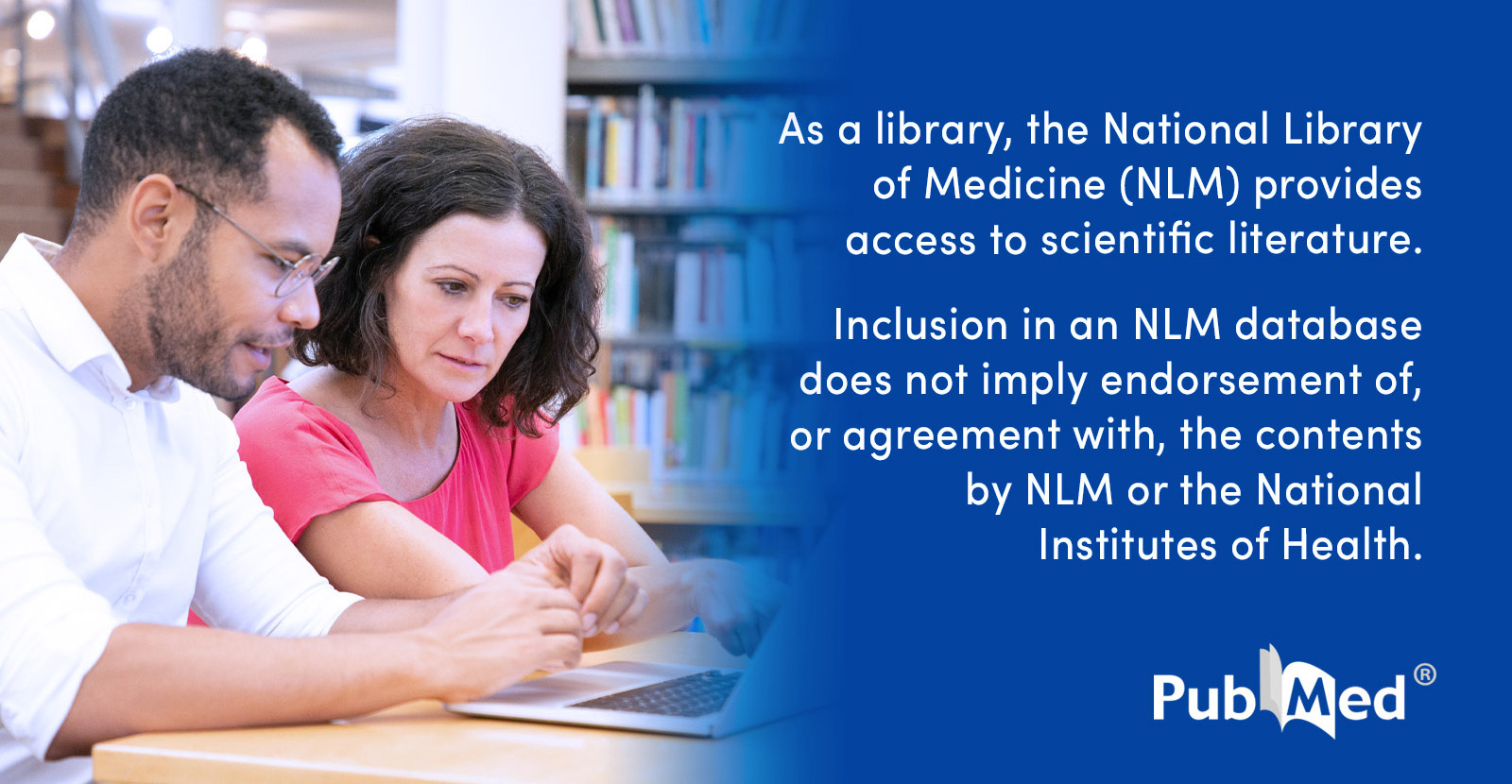 pubmed.ncbi.nlm.nih.gov
pubmed.ncbi.nlm.nih.gov
**Abstract** **Objective:** Body dysmorphic disorder (BDD) is an often-severe condition in which individuals are preoccupied by misperceptions of their appearance as defective or ugly. Only serotonin reuptake inhibitors and cognitive-behavioral therapy have been demonstrated efficacious in randomized controlled trials. Psilocybin is a psychedelic drug with growing evidence for safety and efficacy in treatment of depression. This study aimed to pilot test the feasibility, tolerability, safety, and efficacy of psilocybin treatment of adults with BDD. **Methods:** In this open-label trial, 12 adults (8 women, 4 men) with moderate-to-severe non-delusional BDD that had been unresponsive to at least one serotonin reuptake inhibitor trial received a single oral dose of psilocybin 25 mg. There was no control group. Psychological support was provided before, during, and after the dosing session. The primary outcome measure for efficacy was the Yale-Brown Obsessive Compulsive Disorder Scale Modified for BDD (BDD-YBOCS) score during 12 weeks of assessments after dosing. **Results:** All participants completed dosing and all follow-up assessments. BDD-YBOCS scores decreased significantly over 12 weeks of follow-up (p < .001) with a large effect size (partial eta squared = 0.54), and significant changes from baseline were present at week 1 and persisted through week 12. Secondary efficacy measures of BDD symptoms, conviction of belief, negative affect, and disability also improved significantly, and no serious adverse events occurred. At week 12, seven participants (58%) were rated responders, based on ≥30% decrease in BDD-YBOCS. **Conclusion:** This study provides promising preliminary support for psilocybin as a treatment of BDD, warranting future controlled studies.
Psychedelic Therapy
!psychedelic_therapy@lemmy.worldWelcome!
This is a place to discuss therapeutic use of various psychedelic substances, from ketamine to psilocybin to MDMA and others.
We welcome anything from personal accounts to scientific articles and talks.
The rules for posting and commenting, besides the rules defined here for lemmy.world, are as follows:
Rules
-
Posts containing medical advice or diagnosing others are not allowed. Please keep the post focused on your personal experience.
-
Please do not recommend specific dosages or treatment methods to others. It's OK to talk about your personal experience.
-
Harassment of any kind is not tolerated. Do not harass any user for any reason including treatment choices, race, religion, gender, sexuality, disability, etc.
-
We do not allow promotion, solicitation, or affiliate links. For interviews, surveys, and studies, please contact the moderators.
Related Communities
Community Moderation
For inquiry on becoming a moderator of this community, please send a message to the current moderators.
